10 Best Herbal Decoctions For Leg Pain
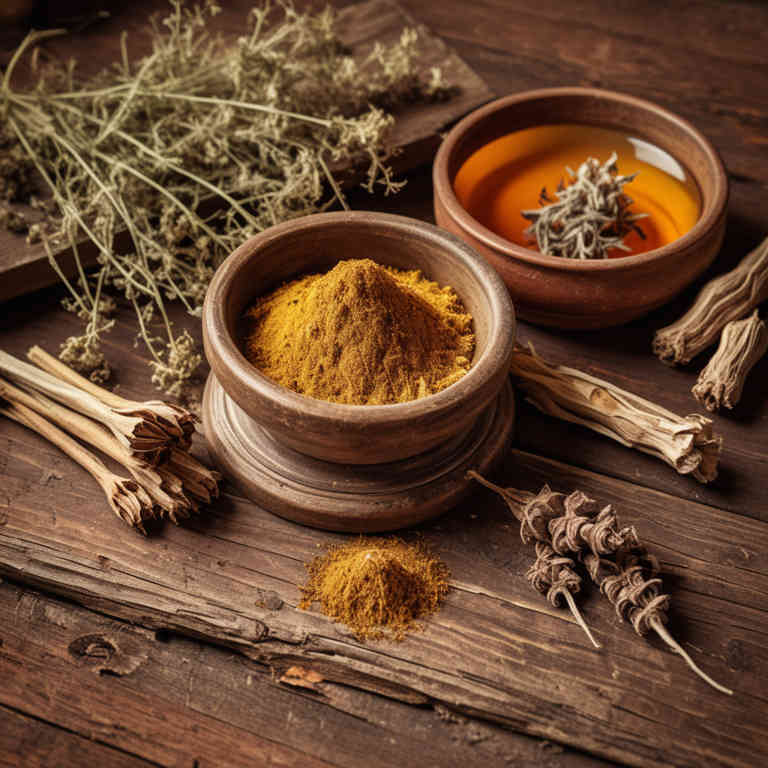
Herbal decoctions have been traditionally used to alleviate leg pain by promoting circulation and reducing inflammation.
Common herbs such as ginger, willow bark, and turmeric are often included due to their natural anti-inflammatory and analgesic properties. To prepare a decoction, these herbs are typically boiled in water for an extended period, allowing the active compounds to be extracted. The resulting liquid can be consumed orally or applied topically to the affected area for relief.
While herbal decoctions may offer a natural alternative to pharmaceutical treatments, it is important to consult a healthcare professional before use, especially for chronic or severe leg pain.
FREE Herb Drying Checklist
How to make sure every batch retains maximum flavor, color, and aroma without the risk of mold or over-drying. Eliminate guesswork and trial-and-error, making herb drying faster, easier, and more efficient every time.
Table of Contents
1. Hypericum perforatum
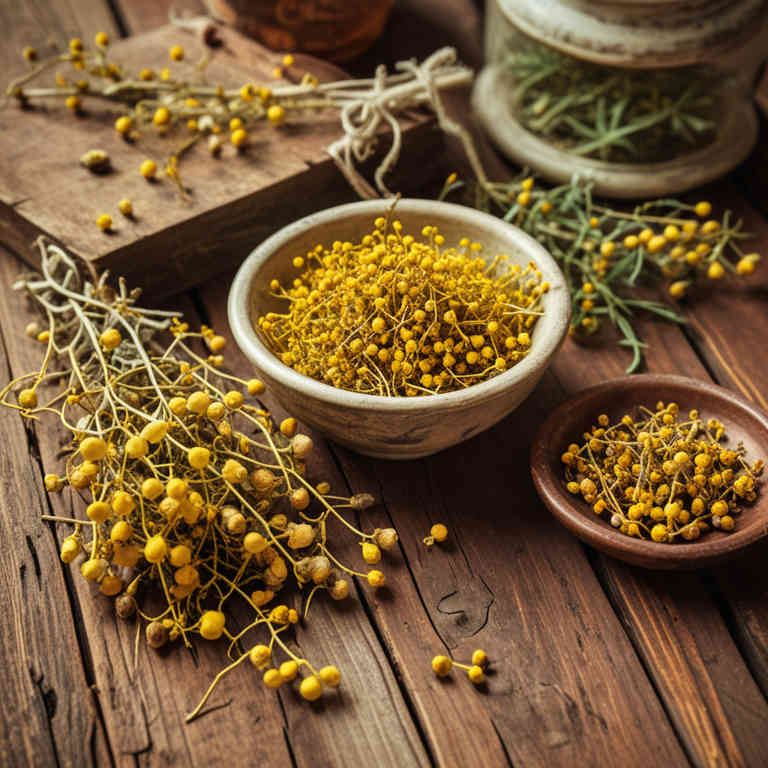
Hypericum perforatum, commonly known as St. John's Wort, is a herbal remedy traditionally used for its potential anti-inflammatory and analgesic properties.
When prepared as a decoction, it involves boiling the dried plant material in water to extract its active compounds, such as hypericin and hyperforin. This preparation may help alleviate leg pain by reducing inflammation and improving circulation in the affected areas. Some studies suggest that St. John's Wort may have mild pain-relieving effects, though more research is needed to confirm its efficacy for specific conditions.
As with any herbal remedy, it is important to consult a healthcare provider before use, especially if taking other medications, due to potential interactions.
2. Achillea millefolium
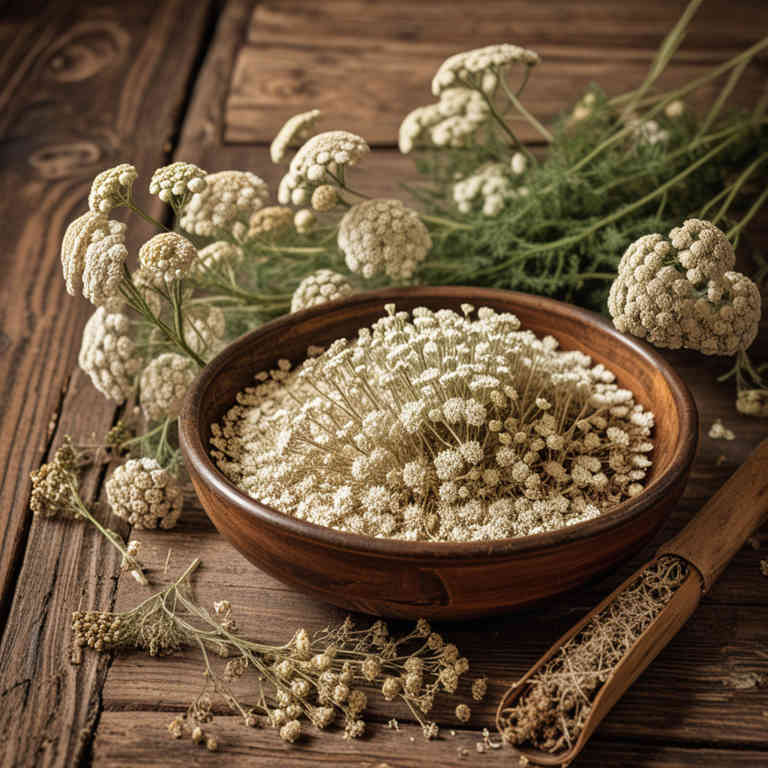
Achillea millefolium, commonly known as yarrow, has been traditionally used in herbal medicine for its anti-inflammatory and analgesic properties.
Herbal decoctions of yarrow can be prepared by simmering the dried leaves and flowers in water for about 15 to 20 minutes. These decoctions are often used externally as compresses or poultices to alleviate leg pain caused by conditions such as arthritis or muscle strain. Some studies suggest that the compounds in yarrow, such as flavonoids and essential oils, may help reduce swelling and improve circulation.
However, it is important to consult a healthcare provider before using yarrow decoctions, especially for individuals with existing medical conditions or those taking medications.
3. Equisetum arvense
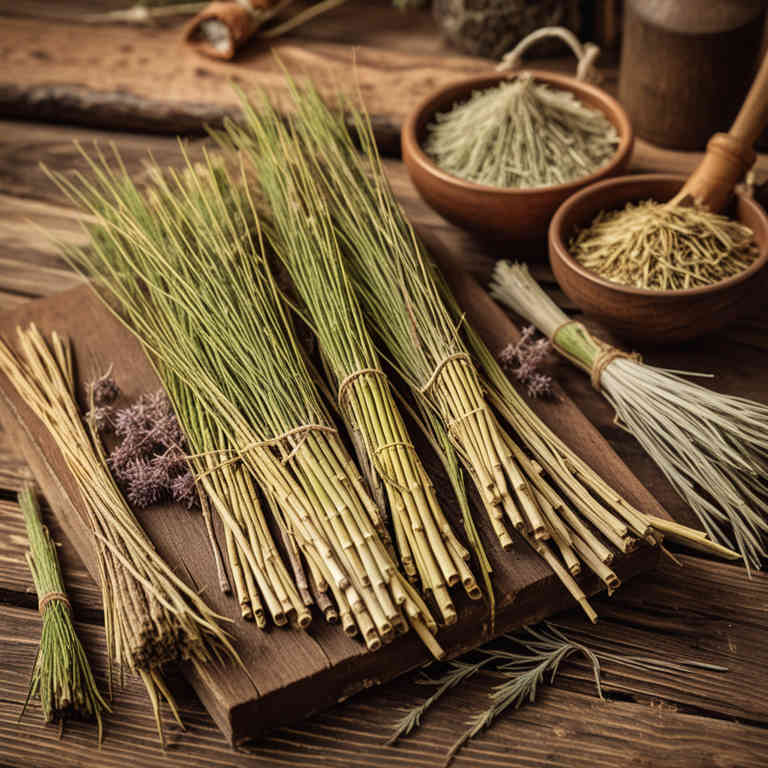
Equisetum arvense, commonly known as field horsetail, has been traditionally used in herbal medicine for its purported ability to alleviate leg pain.
The plant contains high concentrations of silica, which is believed to support joint health and reduce inflammation. Herbal decoctions made from the dried stems of Equisetum arvense are often prepared by boiling the plant material in water for an extended period. These decoctions are typically consumed as a tea or applied topically to the affected area.
While some studies suggest potential benefits, more rigorous scientific research is needed to confirm its efficacy for leg pain.
4. Salvia officinalis
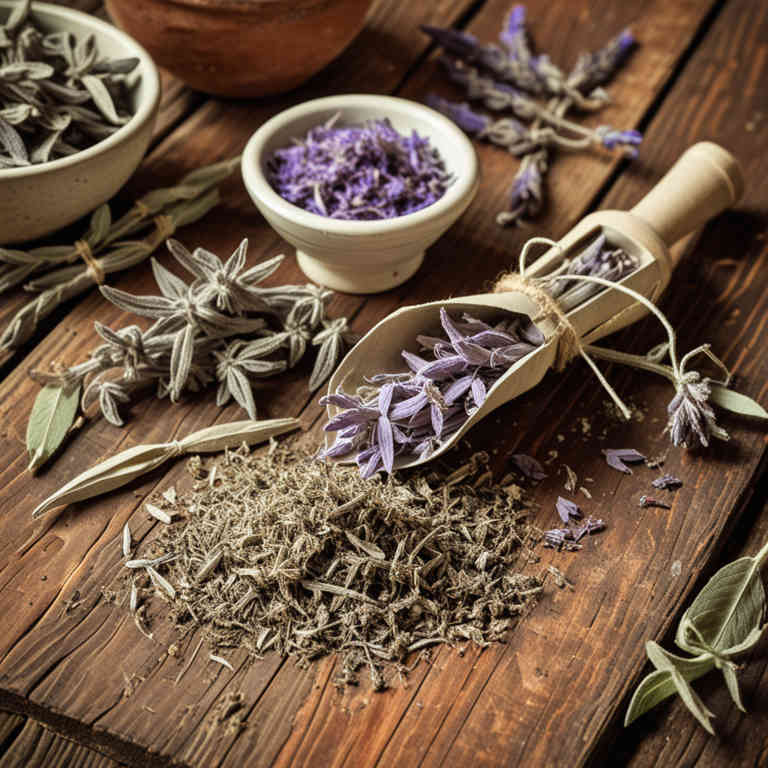
Salvia officinalis, commonly known as sage, has been traditionally used in herbal medicine for its potential therapeutic properties.
Herbal decoctions made from the leaves of salvia officinalis may help alleviate leg pain by reducing inflammation and improving circulation. The active compounds in sage, such as rosmarinic acid and flavonoids, are believed to contribute to its anti-inflammatory and analgesic effects. While some studies suggest that sage may support muscle relaxation and reduce discomfort, more research is needed to confirm its efficacy for leg pain specifically.
As with any herbal remedy, it is advisable to consult a healthcare professional before use, especially for individuals with existing health conditions or those taking other medications.
5. Cnicus benedictus

Cnicus benedictus, commonly known as St. Benedict's herb, has been traditionally used in herbal medicine for its potential therapeutic effects on leg pain.
Herbal decoctions made from the dried leaves and stems of Cnicus benedictus are believed to possess anti-inflammatory and analgesic properties that may help alleviate discomfort associated with conditions such as arthritis or muscle strain in the legs. The preparation typically involves simmering the plant material in water for an extended period to extract its active compounds, which are thought to support circulation and reduce swelling. While some anecdotal evidence suggests its effectiveness, further scientific research is needed to validate its efficacy and safety for treating leg pain.
As with any herbal remedy, it is advisable to consult a healthcare professional before use, especially for individuals with pre-existing medical conditions or those taking other medications.
6. Zingiber officinale
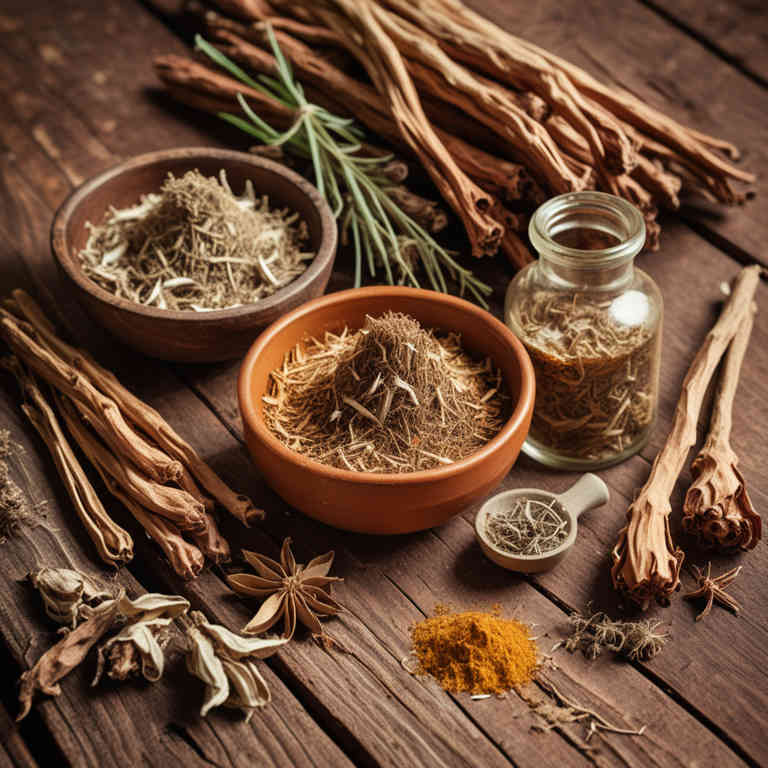
Zingiber officinale, commonly known as ginger, has been traditionally used in herbal medicine to alleviate various types of pain, including leg pain.
Herbal decoctions made from fresh or dried ginger root are often prepared by simmering the rhizome in water, allowing the active compounds such as gingerol and shogaol to be extracted. These compounds are believed to possess anti-inflammatory and analgesic properties that can help reduce swelling and discomfort in the legs. Some individuals use ginger decoctions as a natural alternative to pharmaceutical pain relievers, particularly for conditions like arthritis or muscle soreness.
However, it is important to consult with a healthcare professional before using ginger decoctions, especially for those with existing health conditions or who are taking medications.
7. Vitis vinifera
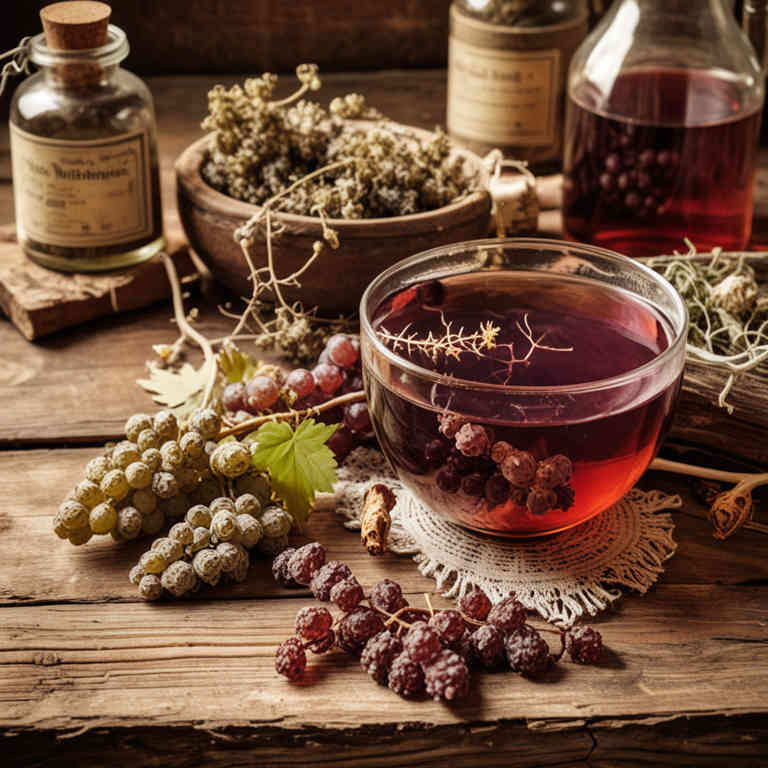
Vitis vinifera, commonly known as the common grapevine, has been traditionally used in herbal medicine for its potential therapeutic properties.
Herbal decoctions made from the leaves, stems, and seeds of Vitis vinifera are believed to possess anti-inflammatory and circulatory benefits, which may help alleviate symptoms of leg pain. These decoctions are often prepared by simmering the plant material in water for an extended period to extract active compounds such as resveratrol and flavonoids. Some studies suggest that the compounds in Vitis vinifera may improve blood flow and reduce swelling, making them a potential complementary treatment for conditions like varicose veins or peripheral neuropathy.
However, it is important to consult with a healthcare professional before using these decoctions, as they may interact with medications or have side effects in certain individuals.
8. Vitex agnus-castus

Vitex agnus-castus, commonly known as chasteberry, has been traditionally used in herbal medicine for its potential effects on hormonal balance and circulation.
While it is more widely recognized for its benefits in women's health, some studies suggest that its anti-inflammatory and circulatory properties may offer relief for certain types of leg pain, particularly those related to poor circulation or venous insufficiency. Herbal decoctions of vitex agnus-castus typically involve simmering the dried berries in water to extract their active compounds, which are believed to support vascular health. However, it is important to note that scientific evidence supporting its efficacy for leg pain is limited, and individuals should consult with a healthcare provider before using it as a treatment.
As with any herbal remedy, the safety and effectiveness can vary, and it should not replace professional medical advice or treatment.
9. Urtica dioica
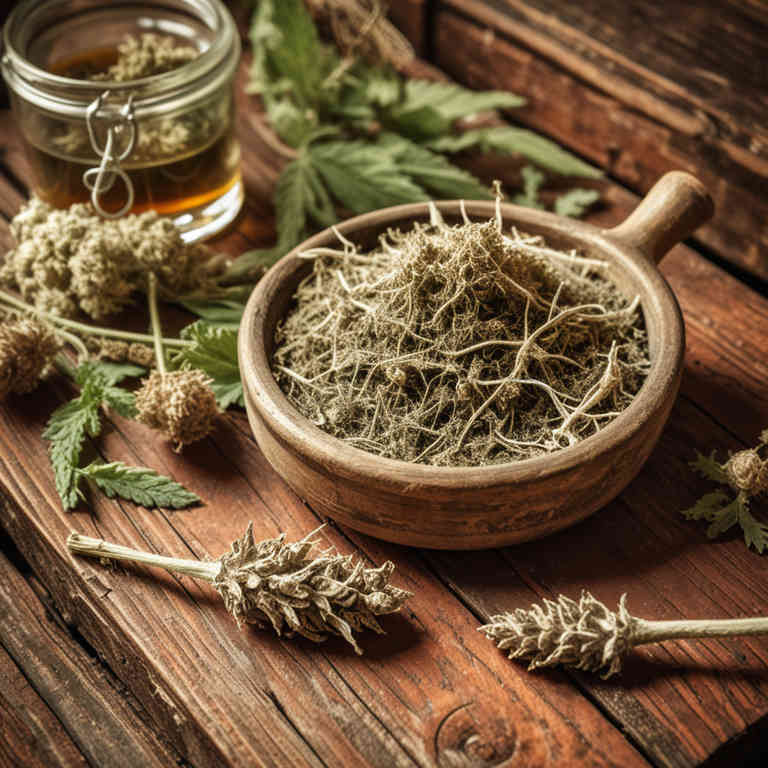
Urtica dioica, commonly known as stinging nettle, has been traditionally used in herbal medicine to alleviate various types of pain, including leg pain.
A decoction of urtica dioica involves simmering the dried leaves and stems in water to extract its active compounds, such as flavonoids and minerals. This preparation is believed to have anti-inflammatory and analgesic properties that can help reduce swelling and discomfort in the legs. Some individuals use it as a topical application or consume it internally to support overall musculoskeletal health.
However, it is important to consult with a healthcare provider before using urtica dioica, especially if you have allergies or are taking other medications.
10. Lavandula angustifolia
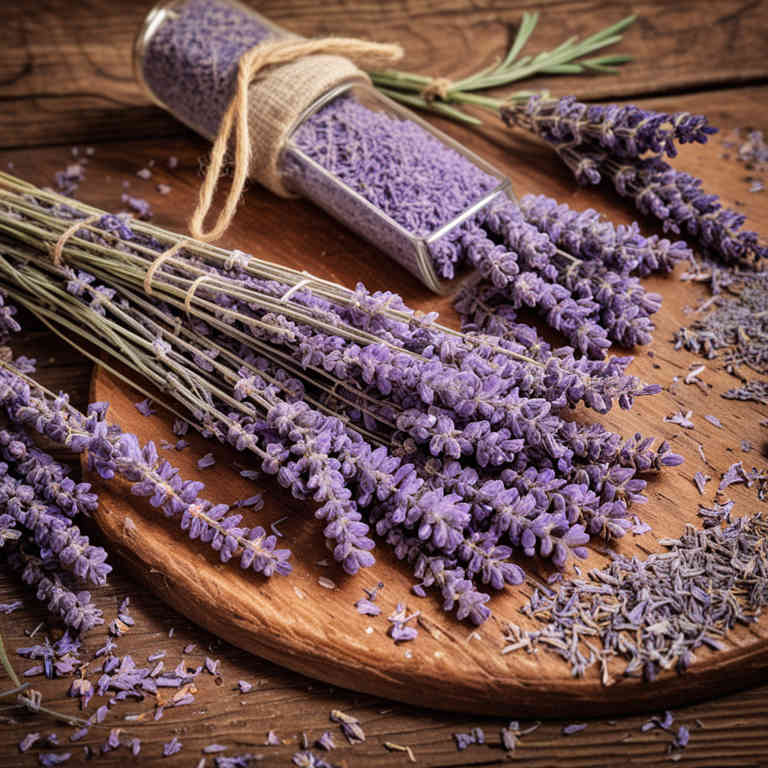
Lavandula angustifolia, commonly known as English lavender, has been traditionally used in herbal medicine for its soothing and anti-inflammatory properties.
Herbal decoctions made from lavender are often prepared by simmering the dried flowers in water to extract their active compounds, such as linalool and linalyl acetate. These decoctions may help alleviate leg pain by reducing inflammation and promoting relaxation of muscle tissues. Some studies suggest that the aromatic compounds in lavender can also have a calming effect, which may aid in managing pain-related stress and improving overall comfort.
While more research is needed, lavender decoctions are a popular complementary therapy for individuals seeking natural relief from leg pain.